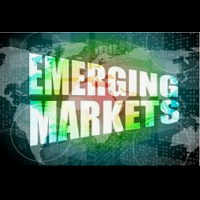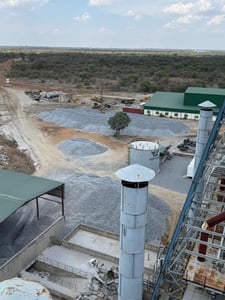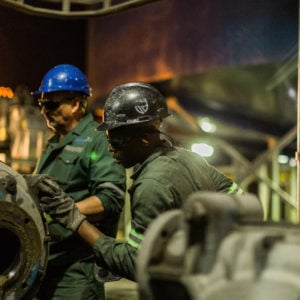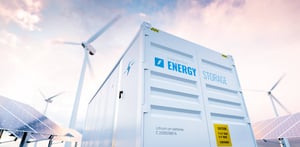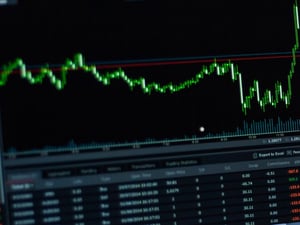A subtle undercurrent is shifting the contours of global exchange as a handful of nations find common cause in the face of tightening trade barriers. Behind the scenes at a sunlit summit beside Rio’s shores, leaders from vast economies charted a course that hints at an unexpected realignment, one that could reshape investor horizons far beyond the usual Washington-centric lens.
For decades, access to America’s vast consumer heartland has been the linchpin of export strategies from São Paulo to Shanghai. Recent policy turns in Washington have challenged that paradigm, with blanket duties reaching a quarter of the price tag on foreign cars and half the cost of imported steel. What once seemed a distant risk has become a present reality as firms and governments grapple with sudden levies, legal wrangles and industry-by-industry curbs. Faced with these headwinds, a collective of five economies representing nearly two-fifths of global output and half the planet’s population has opted for an assertive response rather than acquiescence.
First among their moves is a deliberate redirection of trade routes. Ambitious infrastructure ventures stretching from East Africa’s ports to inland corridors in Central Asia have been reimagined as conduits for goods that might otherwise stall at a tariff line. Beijing’s flagship connectivity blueprint, already threading through more than 140 countries, is receiving fresh impetus, while Brazil’s outreach to fellow developing markets has acquired a sharper commercial edge. These efforts are not merely diplomatic flourish; they are tangible shifts in where cargo is loaded and where letters of credit are issued, signalling a readiness to decouple from the world’s longest-standing consumer market.
At the same time, the bloc’s members are probing the limits of their own unity. Longstanding political tensions—border skirmishes in the Himalayas, sanctions weighing on Russian energy exports—have failed to derail a nascent push for deeper economic ties. Plans for a common trade framework may still lie on the drawing board, but discussions alone carry weight. If average import duties within this group could fall from their current level of just over eight per cent to something resembling the one-per-cent norm seen among older alliances, a new engine of regional commerce could ignite. That prospect has sent corporate strategists poring over supply chain blueprints in Mumbai as intently as in Moscow or Johannesburg.
Behind these bilateral and plurilateral shifts lies a broader appeal to multilateral institutions. At their recent gathering, these nations voiced a demand for a rules-based trading order that curbs unilateral action and restores faith in dispute settlement mechanisms. Such calls carry irony for a cohort often accused of heavy-handed trade measures of its own, but investors are already weighing the chances of a World Trade Organization reborn with fresh authority. Should reform succeed, the prize would be a more transparent global framework that rewards long-term commitments over sudden policy swings.
For market participants, the most compelling stories are unfolding in high-tech factories and in fields beneath vast solar arrays. Governments from New Delhi to Brasília have poured public funds into chip fabrication and advanced machinery, determined to wean themselves off imported inputs. A ten-billion-dollar semiconductor pool in India has catalysed partnerships with global giants, while Brazil’s recent venture with a leading electronics group promises to erect a state-of-the-art plant by next summer. In parallel, resource corridors are reconfigured to channel oil, coal and critical minerals toward Asia’s ever-hungry markets rather than Western refineries. Russia’s energy firms, sidelined by sanctions, now see two-thirds of their shipments destined for the Pacific, and South Africa’s platinum exports increasingly book passage to green-technology hubs in Seoul and Tokyo.
Yet this story is not without its crosswinds. Political uncertainty in parts of the Middle East, stubborn inflation in Latin America, rolling power shortfalls in sub-Saharan grids, all pose setbacks that can stall projects and sap corporate confidence. Furthermore, protective instincts remain alive within the coalition itself, with more than two-hundred trade curbs levied on each other’s goods in recent years. That internal friction adds another layer of complexity to an already intricate tapestry.
Against this backdrop, investors are advised to think structurally and with a long horizon. Broad-based emerging-market indices can capture the initial upswing as supply chains reroute and new infrastructure comes online. For those seeking sharper exposure, targeted positions in chip-making ventures, energy producers pivoting eastward, or consumer goods firms catering to burgeoning middle classes within these markets may offer distinct rewards. Pairing these holdings with assets in Southeast Asian manufacturing hubs could further mute region-specific setbacks.
In an era when policy shifts can arrive overnight, the true value lies in themes built on tangible pipelines, enduring partnerships and the collective heft of economies determined to chart their own course. Observing how these dynamic players weave new trade patterns may prove as instructive for a decade’s worth of capital deployment as any single quarterly report.
The BRICS bloc stands as a coalition of emerging giants forging fresh routes for trade and investment, uniting diverse economies around the goal of durable market access beyond traditional Western gateways.
Fidelity Emerging Markets Limited (LON:FEML) is an investment trust that aims to achieve long-term capital growth from an actively managed portfolio made up primarily of securities and financial instruments providing exposure to emerging markets companies, both listed and unlisted.


